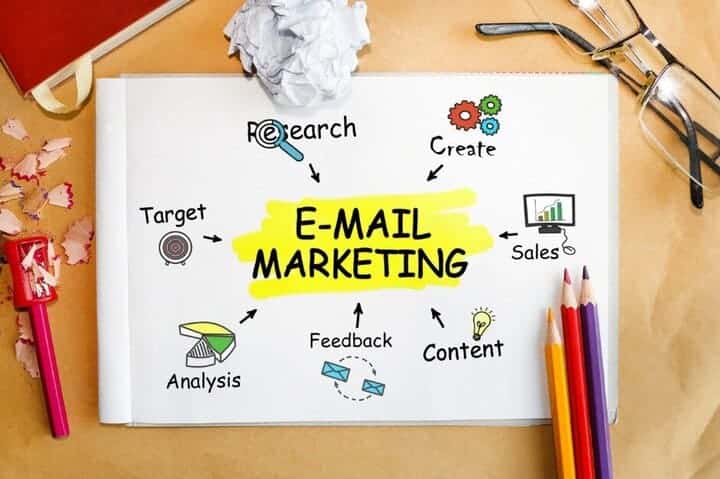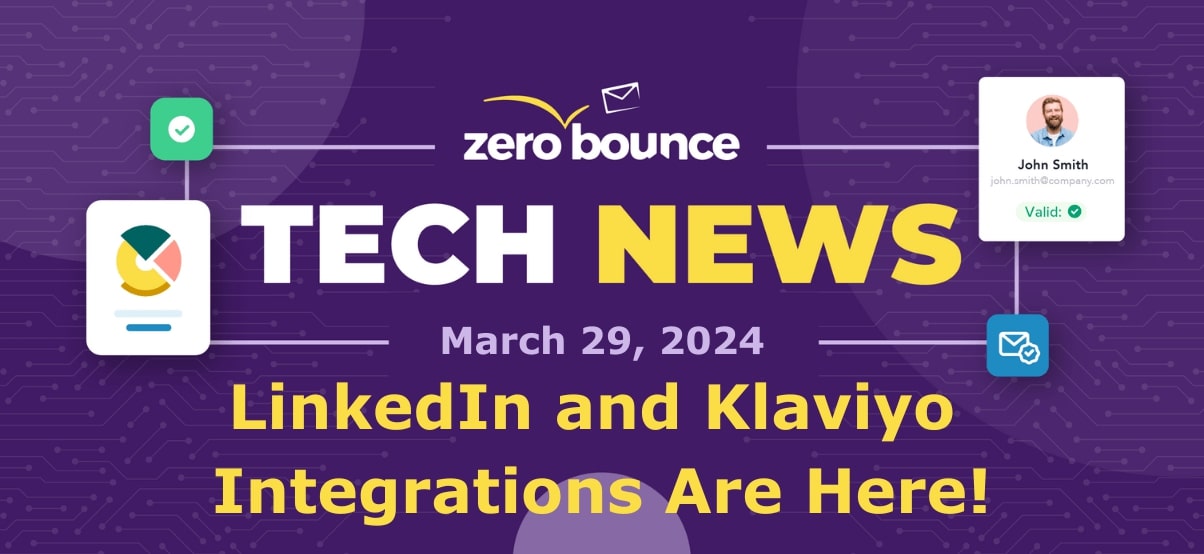
More Than Words: 5 Strategies to Get Better at Email Marketing
Martin Etchegaray, Content Strategist at Integromat, shares some tried-and-tested strategies to help you get better at email marketing.
Why are many companies battling with their email strategies?
Let’s face it: email is hard. Reports telling us this are a dime a dozen, and the conclusions are consistently grim:
- Too much time is spent reading, writing, checking and archiving email
- It takes a lot to get back in “the zone” after reading an incoming email
- Unnecessary and poorly-written email can drive productivity-related costs up to $5,000/year
Paradoxically, all of this happens at a time when the tools to turn email into a better experience for everyone are readily available. So, why are many companies battling with their email strategies? There are many reasons, but that’s a story for another time.
Today, I will focus on showing you five simple strategies to improve your approach to email marketing and communications.

Timing, Relevancy, Accuracy: Achieving the Holy Trinity of Email
Laws, regulations, tools, and changes in consumer behavior have shaped how we do email, and more importantly, how we think about it.
First of all, it is nothing short of surprising how email remains one of the most powerful tools to establish relevant brand-consumer interactions. Figuring out the right mix for your company is elemental to attain a refined email experience – and this task requires we think about three key elements:
- Timing
- Relevancy
- Accuracy
Emails that check these boxes are less likely to become spam/trash folder fodder and are also instrumental in improving how your brand interacts with customers at every single level of their journey.
So, where to begin? Needless to say, an email database is not enough. Email databases can be of help, but it would not be wise to kickstart your efforts by blasting your leads with unsolicited email.
Furthermore, it’s not even mandatory to have an email database; you can build one following industry best practices as you go.
Instead, it all begins with one key piece of information: the customer journey.

1. Strategy 1: Mapping the customer journey
A basic customer journey map shows the flow of interactions and possible touchpoints between users and a brand, product or service.
In addition, it can register the awareness level of our customers in relation to our product. The result of this can have an impact on how the journey begins for our customers.
In any case, a customer journey map should cover the following:
- Customer steps (actions)
- Insights
- Emotions
Each step of the journey is an action.
Insights related to each action should be identified and covered, as well as the emotions the action triggers on users. The insights and emotions may vary among personas, and we need to adjust our email strategies accordingly.
For example, let’s imagine that we manage an arctic cruise line. We have two kinds of users:
- Multi-age, ecology-oriented conservationists
- Baby Boomers that don’t particularly care about the environment
The customer journey map for these two personas will be the same. Both will go through the next phases:
| Customer steps (actions) | Searching for Arctic cruises | Exploring options | Picking between options | Purchase | Travel | Post-travel |
| Insights | ||||||
| Emotions |
However, our two personas will likely show different emotions at every step of the way, and the insights can also vary. For example, a boomer may be more prone to make a phone call while exploring options than a millennial, and this can change which kind of email messages they receive in this step of the process.
By mapping customer journeys, you will be mapping most of your email strategy as well. You will be able to identify:
- When to send an email
- What to send in an email
Now, let’s move on to the second strategy.

2. Improve your opt-in email gathering efforts
I’ll begin by saying that opt-in is the only way in. Unsolicited email – even if legal, such as Gmail sponsored promotions – is definitely not cool.
However, there are many shades of opt-in. To make sure you are doing it right, please think about the next:
- Placement
- Benefits you offer
The secret with opt-ins is to make them smooth, logical, and non-invasive. A pop-up here and there doesn’t hurt, but constant pressure to subscribe/purchase/opt-in can scare your prospects away.
Also, make sure you make opting-out as easy as possible. If it’s not meant to be, there’s no point in forcing it.
A good opt-in strategy will allow you to grow your email databases organically, making the appearance of your emails in the customer inbox expected.

3. Develop the Content
Emails are meant to be relevant, otherwise, they become a waste of time. Content plays a big part here, and it’s important to deliver well written, visually engaging content every single time.
Think of your email content as a room your customer visits when he clicks to open it. What will you put in that room? Why did the customer enter in the first place?
Your goal is to deliver the kind of experience your customer needs, and maybe to include something unexpected, but rewarding.
In the broader context of the customer journey, you will have to develop lots of different emails if you want to cover the steps and personas involved in it. The one-size-fits-all era is long gone, but don’t be discouraged: more personalized emails will bring you closer to your customers.
I wish I could tell you this is the hardest part, but it isn’t; getting customers to open your emails is a lot harder than delivering great content. Hire the right people, get the tools and let your email content shine.

4. Verify and clean your email lists
Now that you have mapped out your customer journey, set up the opt-in alternatives, and created the content to address personas at the different steps of the journey, it’s time to start thinking about efficiency.
Verifying and cleaning your email list will save you money, but will also improve your campaign’s overall performance by lowering bounce rates and keeping your IP status in good standing.
One thing is certain: email addresses are not always forever. They get dumped, abandoned and deactivated pretty often. It happens all the time and affects your campaigns in a negative way. Clean your lists with ZeroBounce, and make sure your emails reach real, actual accounts.

5. Automate the repetitive
This is important. If you find yourself bogged down by email, it’s time to take a closer look at the workflows and start automating.
Tools like Integromat feature dozens of ready-to-use templates for workflow automation. You can automate ZeroBounce tasks on Integromat, too, by using the available modules and developing your own integrations using the visual canvas.
Marketers relying on CRMs and social media platforms for all-things leads should give this a go. In the end, it’s easy to complain about how much time we spend doing email, while the solutions to reduce the workload are already out there.

Final thoughts: make the most of these email strategies
Email is hard, but it doesn’t have to be. With the right kind of tools and a hands-on approach, you will be able to make the most out of it – both for yourself and for your customers as well.
Just remember: users want accurate, relevant information, delivered at the right time.
You achieve accuracy by mapping out the customer journey, cleaning your email lists, and establishing clear, simple opt-in processes.
Relevancy is about content. Bring something to the table. Having someone’s email address is not enough!
Timing is knowing where the customer is (within the journey) and delivering what the customer needs at that precise moment. Automation will help you send the right emails to the right people, at the right time.
Yes, email is hard. But it doesn’t have to remain that way!






